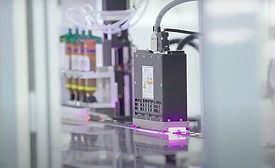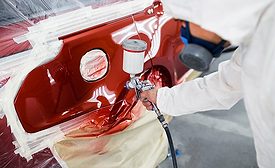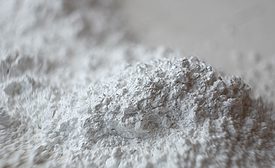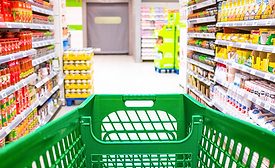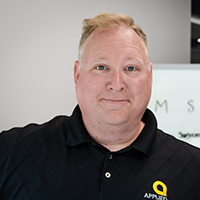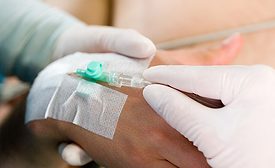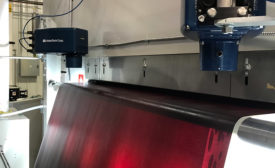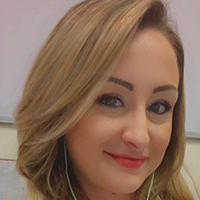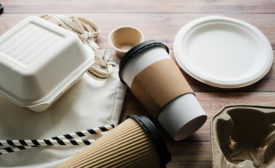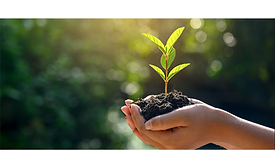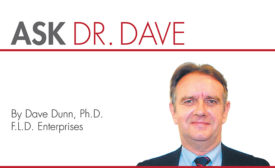Featured on Home Page
Adhesive bonding, sealing, and coating processes in factory assembly lines are rapidly upgrading to UV LED curing technology.
Read More
Better Bonding: Simplifying Pressure-Sensitive Adhesive Selection
Taking a systematic approach and using selection tools available from adhesive manufacturers can streamline the pressure-sensitive adhesive selection process and help ensure strong bonding in each application.
May 10, 2021
How Does Mineral Selection Impact Water-Based Adhesives?
The selection and control of the physical properties of minerals are critical in improving an adhesive’s performance.
May 7, 2021
Case Study
Successfully Navigating a Food and Beverage Packaging Change
How did a national baby-food manufacturer determine the best adhesive solution for an updated label design?
May 5, 2021
Advancing Adhesives
Advancing Silicone-Based Medical Adhesives
A new adhesive for wearable medical devices enhances patient comfort while providing engineers confidence about wear duration.
May 3, 2021
Lean Manufacturing: Minimizing Converting Costs with Moisture and Coat Weight Control
Converting process efficiency is often affected by variations in coat weight, inefficient moisture control, and thickness and/or temperature issues.
April 30, 2021
Sustainable Packaging: An Opportunity to Stay Competitive in a Post-COVID World
A recent survey explores the trend toward sustainable packaging and possible ramifications for decision makers in the packaging sector.
April 27, 2021
Exploring a High-Performance, Bio-Based Feedstock for Adhesives and Sealants
Safe and produced from an annually renewable feedstock, isosorbide has a combination of properties that offers excellent potential for a range of CASE applications.
April 21, 2021
Ask Dr. Dave
Superglues vs. Polyurethane Glues
Should I use superglue or one of the new polyurethane glues for general-purpose assembly and home repairs?
April 19, 2021
Strategic Solutions
Patenting Considerations for Composition Inventions in the Adhesives and Sealants Industry
Incorporating compositions into process or assembly/device claims, although restrictive, can afford some protection. But is it enough?
April 15, 2021
Keep the info flowing with our eNewsletters!
Get the latest industry updates tailored your way.
JOIN TODAY!Copyright ©2024. All Rights Reserved BNP Media.
Design, CMS, Hosting & Web Development :: ePublishing
